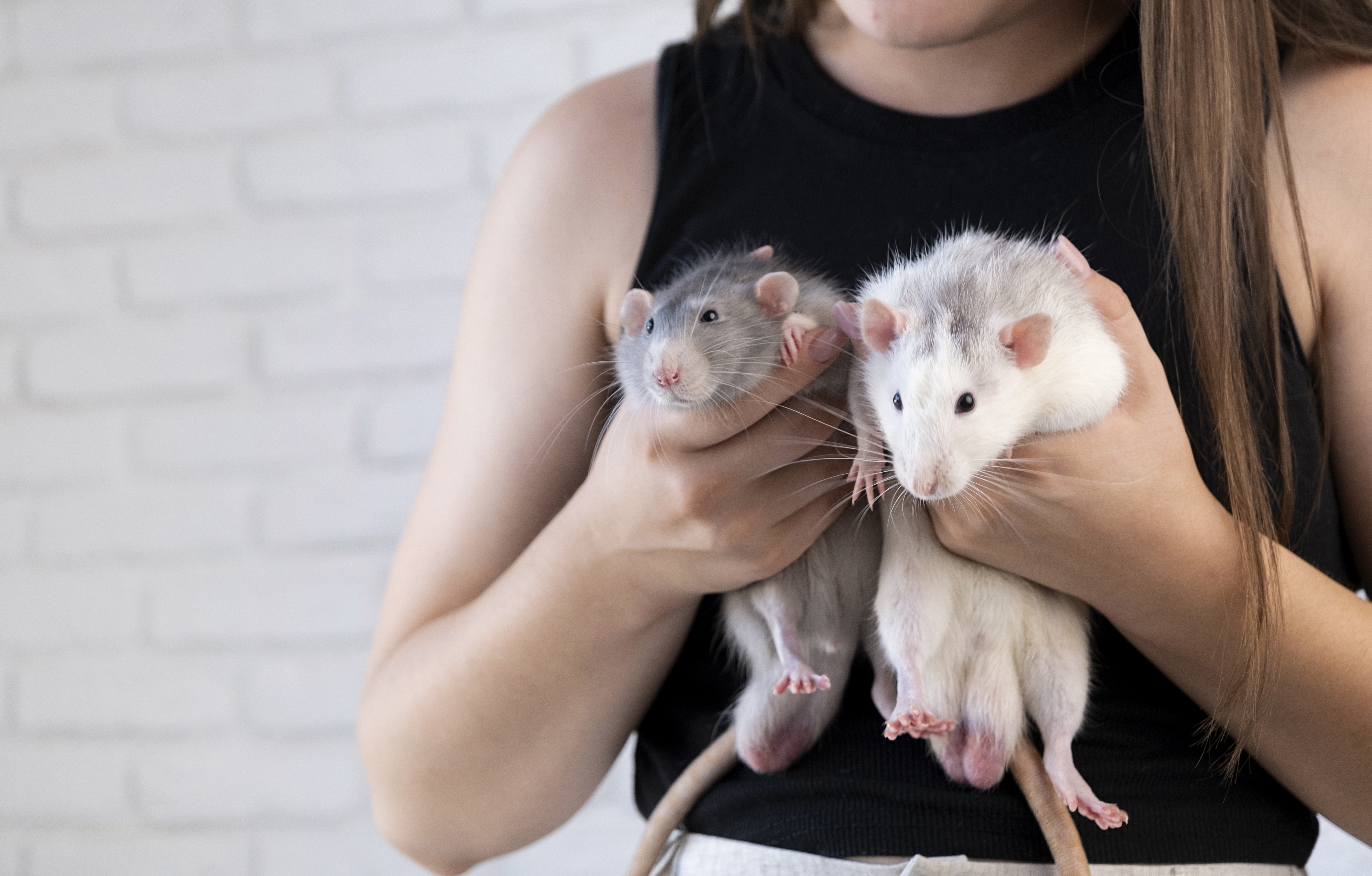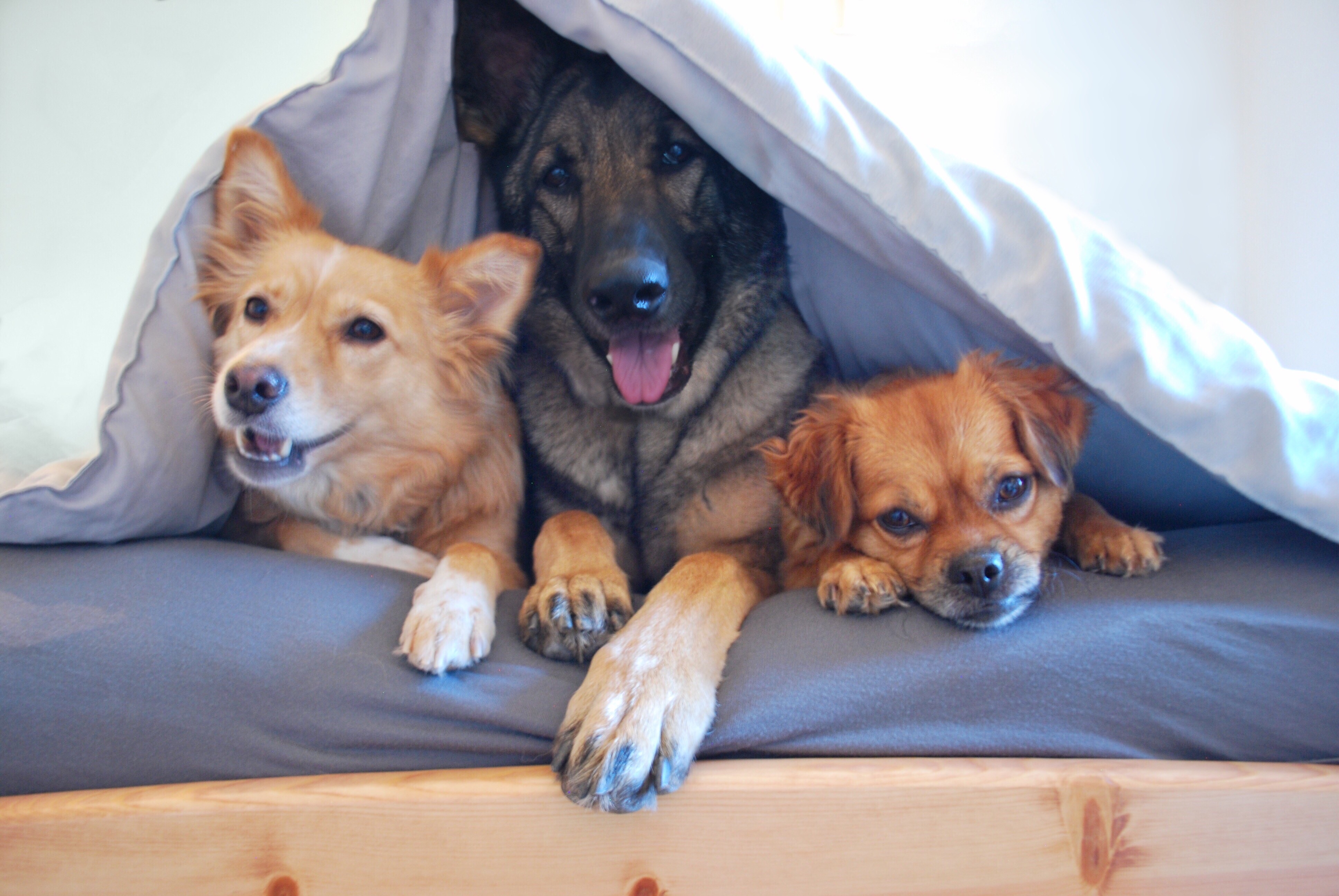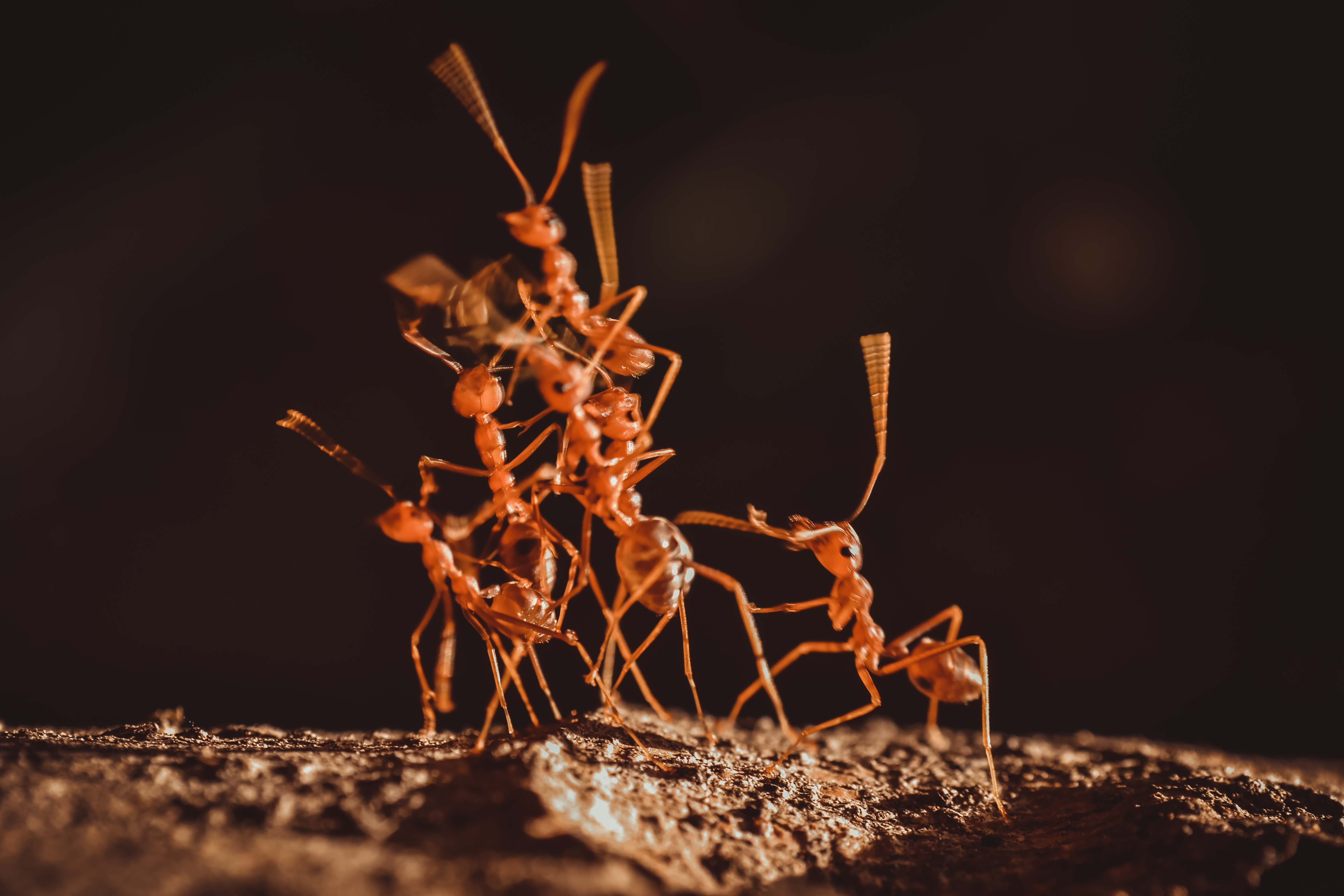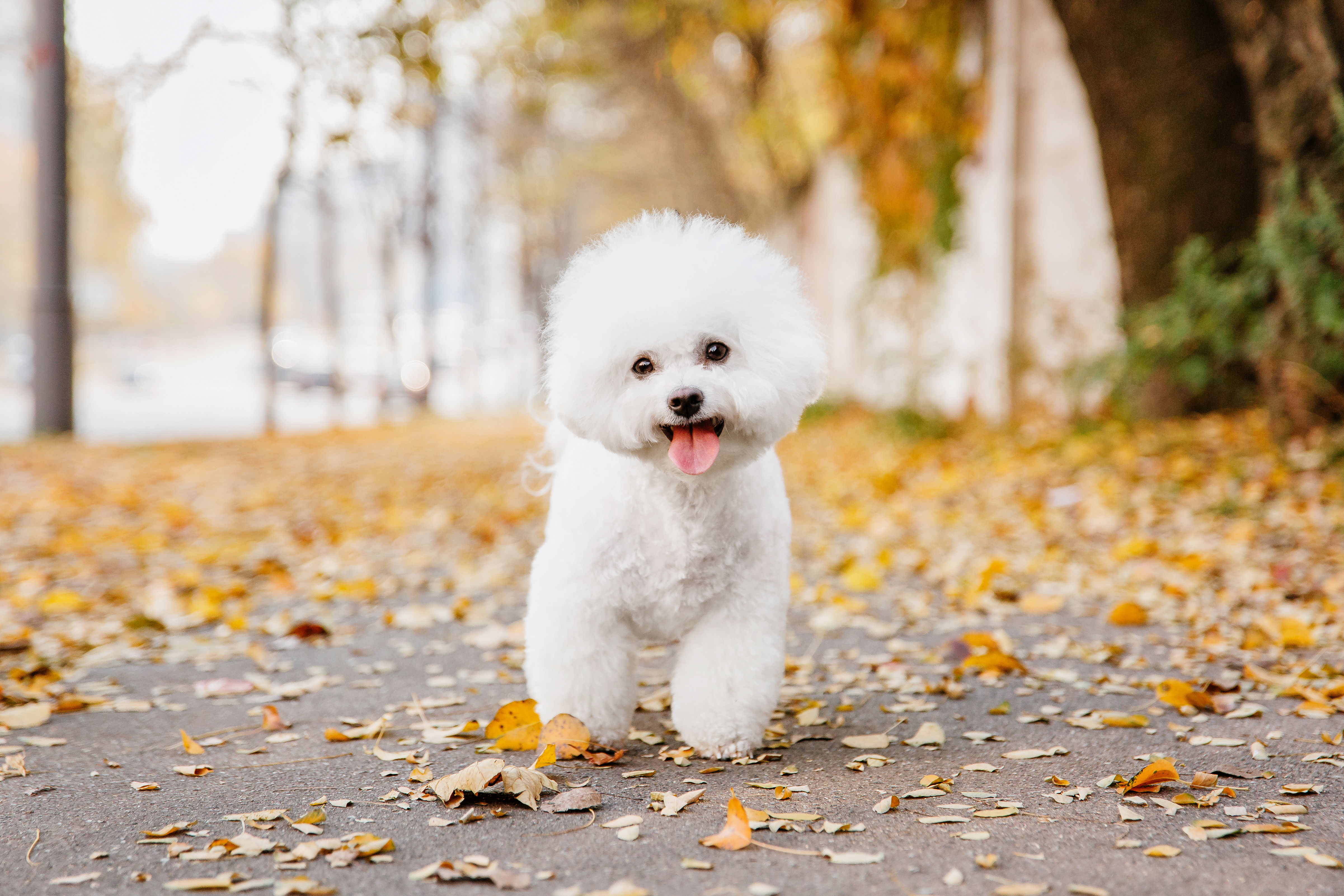Quirky Habits That Make Pet Rodents Uniquely Lovable
Rodents have long been cherished companions, their small size and playful nature making them ideal pets for many. But beyond their adorable appearance, these tiny creatures possess a range of quirky habits that endear them to their human caretakers. From their intricate nesting instincts to their peculiar communication methods, rodents showcase a fascinating array of behaviors that highlight their intelligence and adaptability. This article looks at the delightfully quirky habits of our rodent friends, revealing why they are not only irresistibly charming but also uniquely intriguing. Join us as we explore these captivating traits that make rodents such beloved members of the animal kingdom.
1. Nesting Instincts: The Art of Cozy Construction
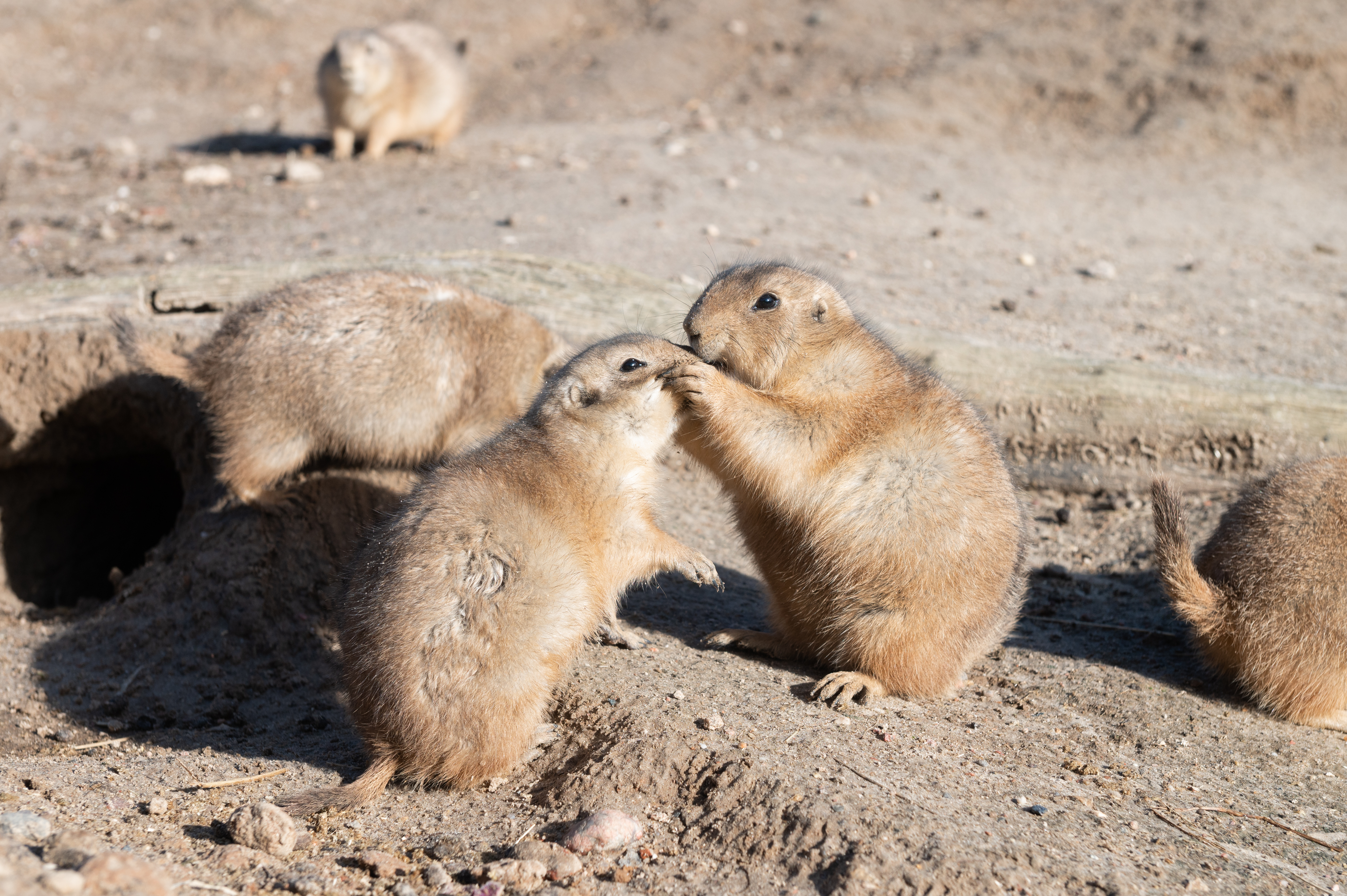
One of the most endearing habits of pet rodents is their meticulous nesting behavior. Whether it's a hamster, mouse, or guinea pig, these little architects display an impressive knack for creating cozy and elaborate nests. Using materials like shredded paper, hay, and even bits of fabric, they construct intricate hideaways that serve as both a retreat and a storage space for their treasures. This behavior is not just about comfort; it’s deeply rooted in their survival instincts. In the wild, a well-built nest offers protection from predators and harsh weather. Observing this behavior in our pets provides a glimpse into their natural world, highlighting their resourcefulness and innate need for security.
2. Chewing: Nature’s Little Dentists
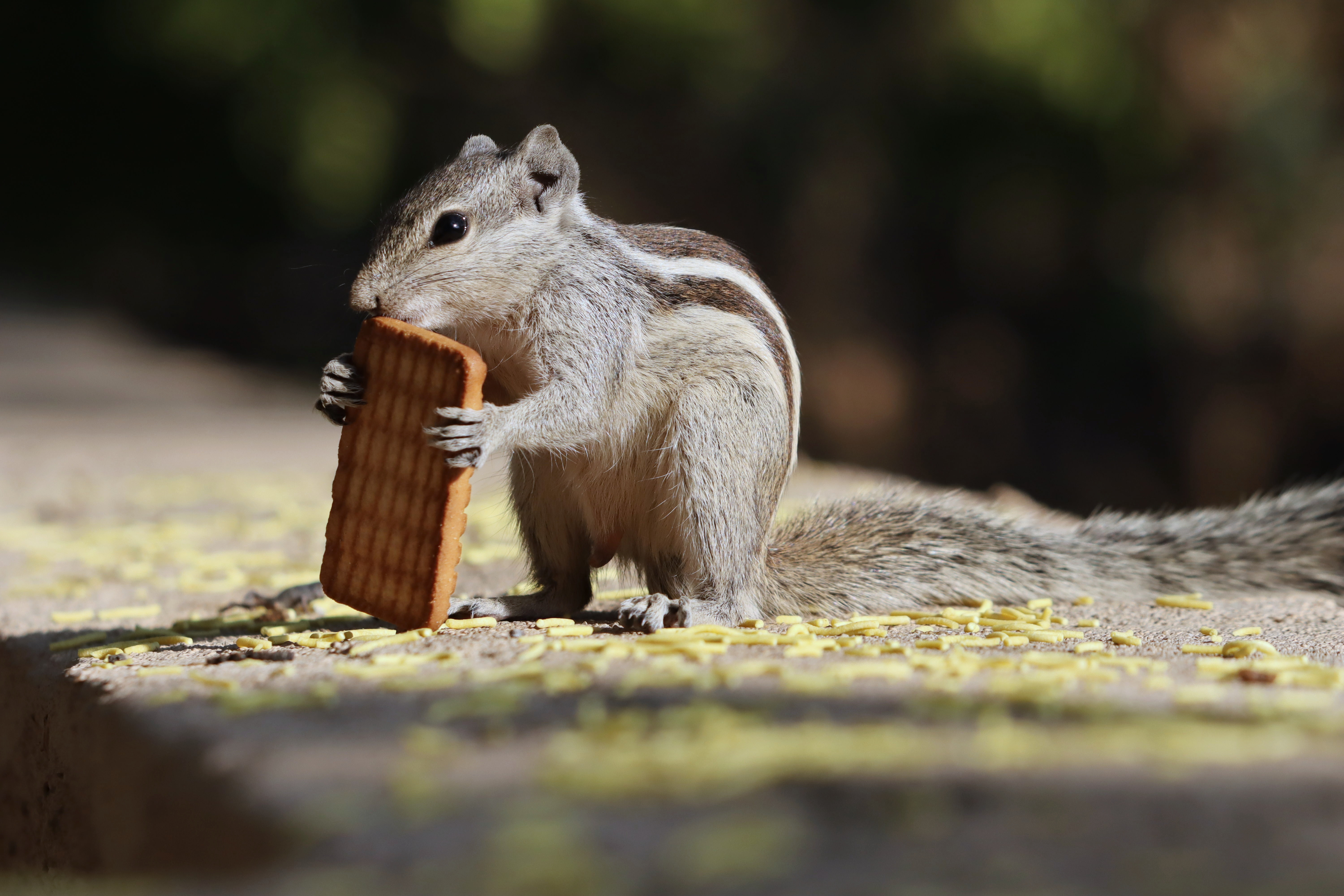
Rodents are known for their incessant chewing, a behavior that can be both amusing and exasperating for pet owners. This habit is not simply a pastime; it is essential for their dental health. Rodents' teeth grow continuously throughout their lives, and without regular gnawing, they could become overgrown and cause health issues. They chew on a variety of materials, from wooden toys to cardboard, ensuring their teeth remain at an optimal length. This behavior also serves to explore and interact with their environment, showcasing their curiosity and need for mental stimulation. Understanding this habit helps pet owners provide appropriate outlets for their rodents' chewing needs, ensuring a happy and healthy pet.
3. Hoarding: The Tiny Treasure Trove
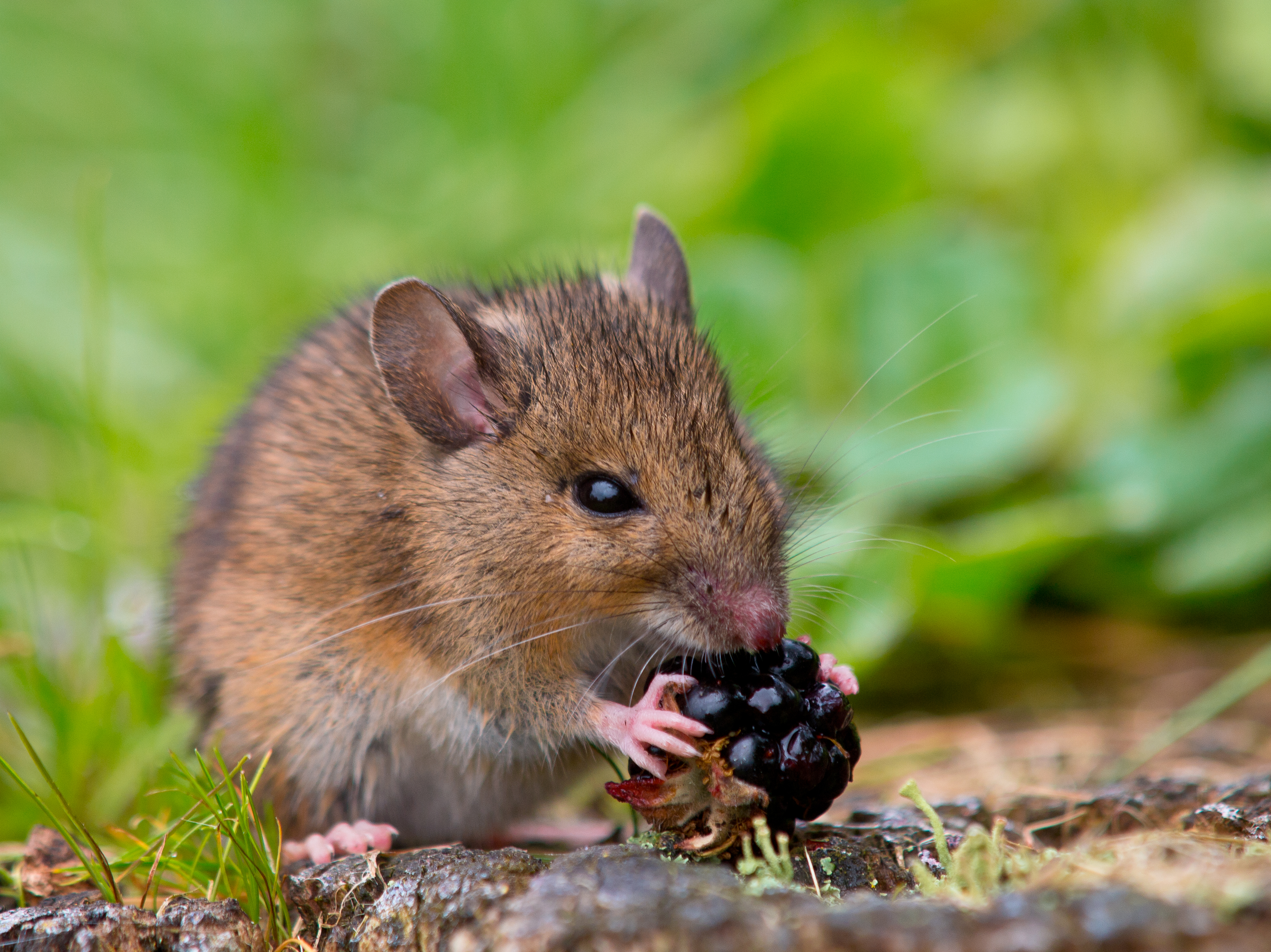
Another fascinating behavior observed in many pet rodents is their hoarding tendency. Hamsters, in particular, are notorious for stuffing their cheek pouches with food to store in their nests. This instinctual behavior is a survival mechanism, allowing them to stockpile food for times of scarcity in the wild. In a domestic setting, this habit can lead to amusing discoveries of hidden stashes around their cages. The act of hoarding not only reflects their survival instincts but also their intelligence and foresight. It’s a behavior that invites us to appreciate the complex inner lives of these small creatures, as they plan and prepare for the future.
4. Grooming: The Fastidious Cleaners
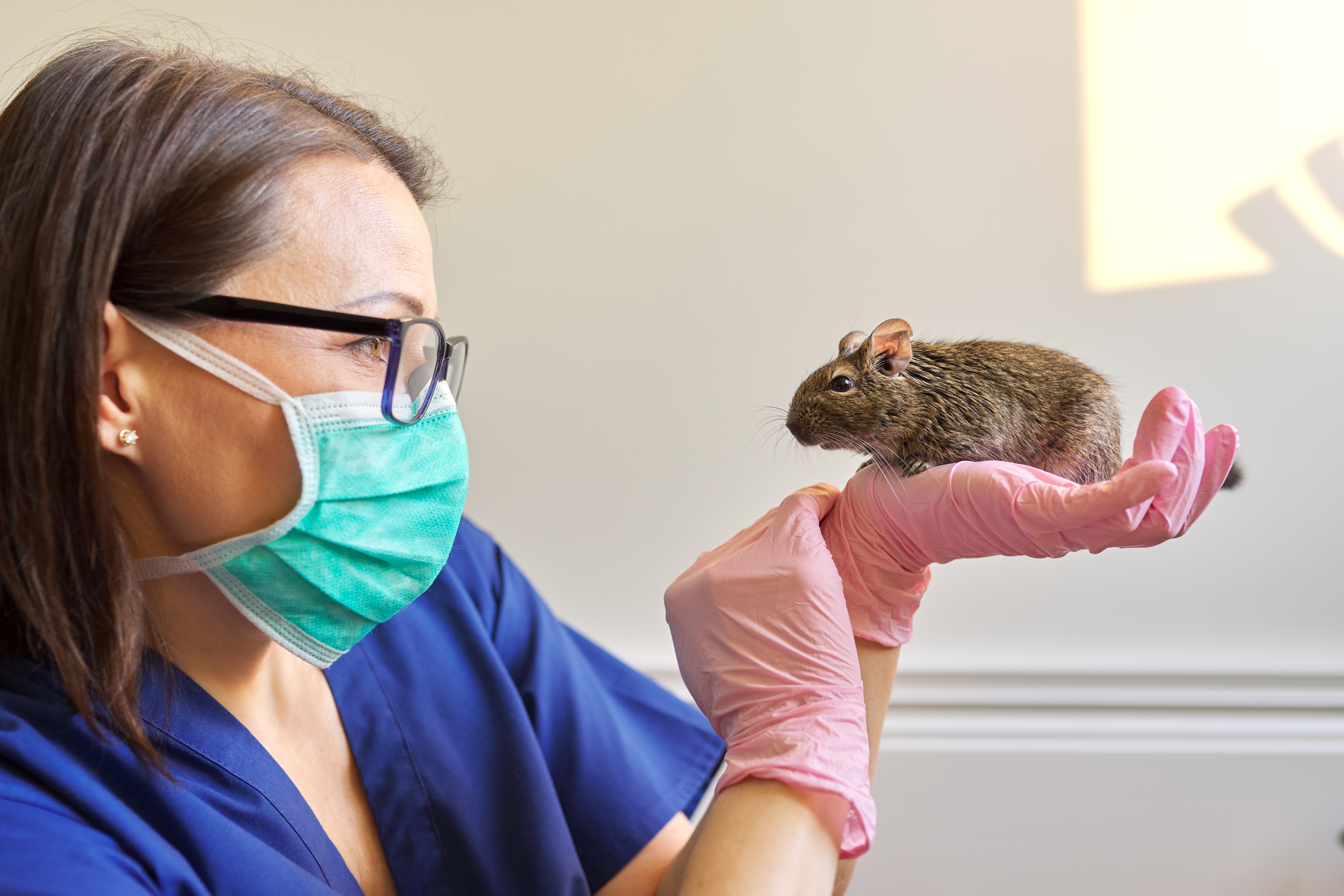
Rodents are surprisingly meticulous when it comes to personal hygiene. They spend a significant portion of their day grooming themselves, ensuring their fur is clean and free of parasites. This behavior is not just about cleanliness; it’s also a social activity. In groups, rodents will groom each other, strengthening social bonds and establishing hierarchies within their group. This fastidious nature is an evolutionary trait that helps them avoid detection by predators through scent masking. Observing a pet rodent’s grooming routine can be a calming experience, as it reflects their instincts and social behaviors, reminding us of the intricate social structures that exist even among the smallest of creatures.
5. Burrowing: The Underground Architects
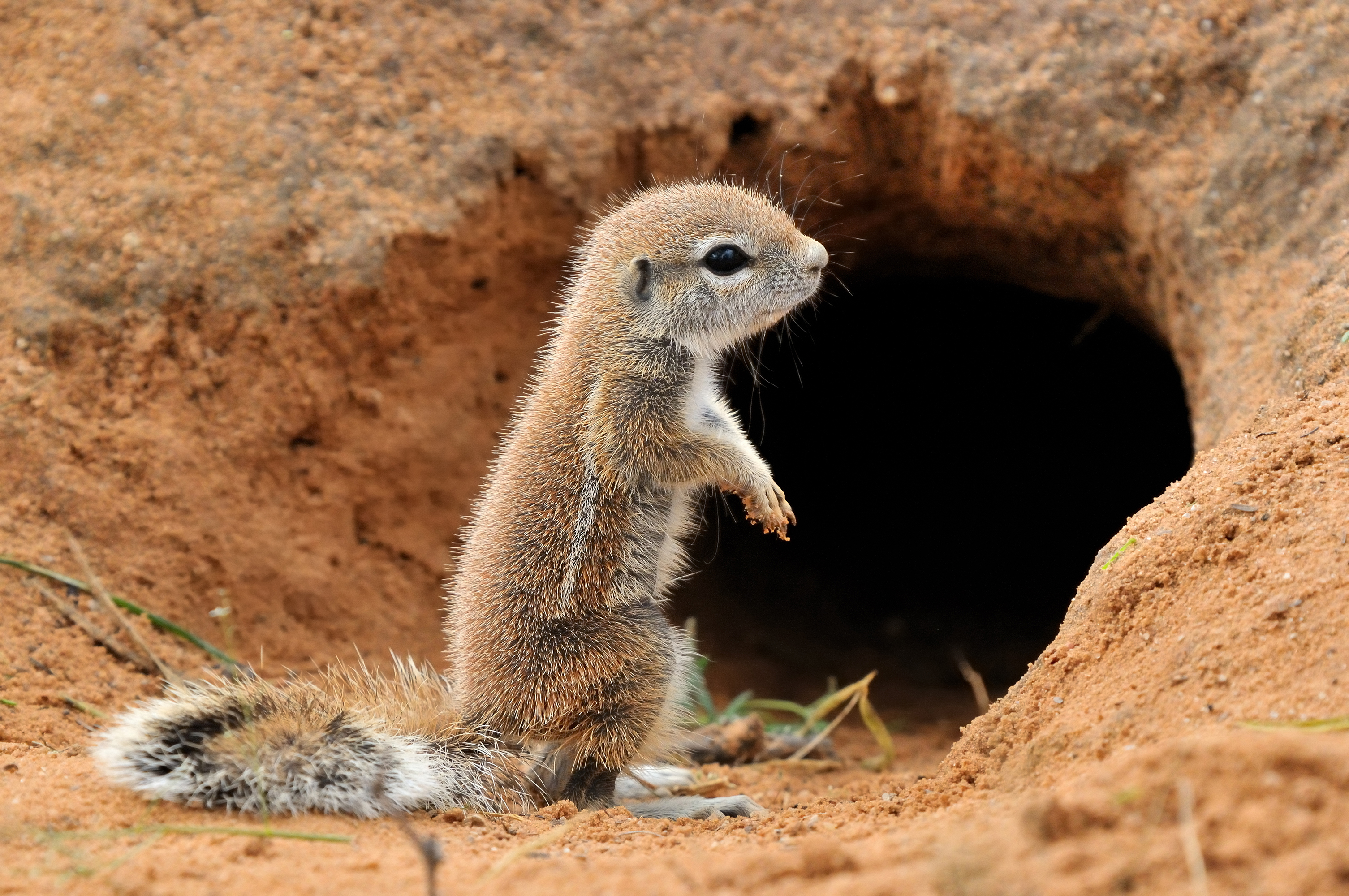
Burrowing is another instinctual behavior that many pet rodents exhibit, and it’s a testament to their natural engineering skills. In the wild, burrows serve as protection from predators and harsh environmental conditions, as well as a place to rear young. Pet rodents often mimic this behavior by digging in their bedding, creating tunnels and chambers. This habit provides them with exercise and mental stimulation, as they engage in an activity that is deeply ingrained in their DNA. Providing ample bedding and opportunities for burrowing can enhance a rodent’s environment, allowing them to express this natural behavior and live a more enriched life.
6. Squeaking and Chattering: The Language of Rodents
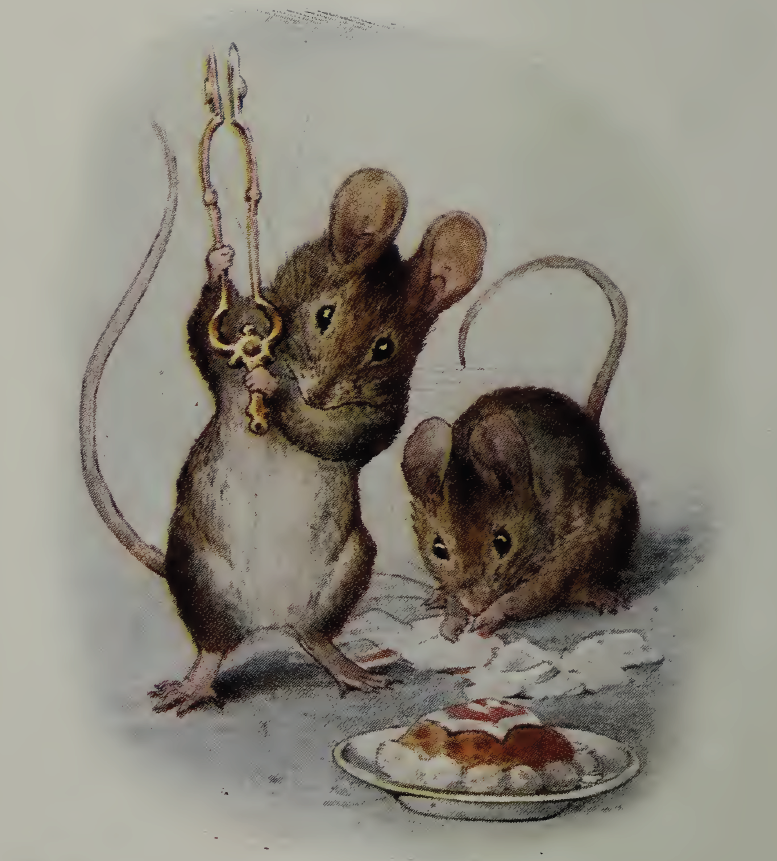
Communication is key in the animal kingdom, and rodents are no exception. They use a variety of vocalizations, from squeaks to chatters, to convey different messages. These sounds can indicate excitement, fear, or even contentment. In social species like rats, vocalizations are a crucial part of their interactions, helping to establish social hierarchies and coordinate group activities. Understanding these sounds can enhance the bond between pet and owner, as it provides insight into the rodent’s emotional state. This vocal communication highlights the complexity of rodent social structures and their capacity for emotional expression, making them even more endearing companions.
7. Nocturnal Adventures: The Nighttime Explorers
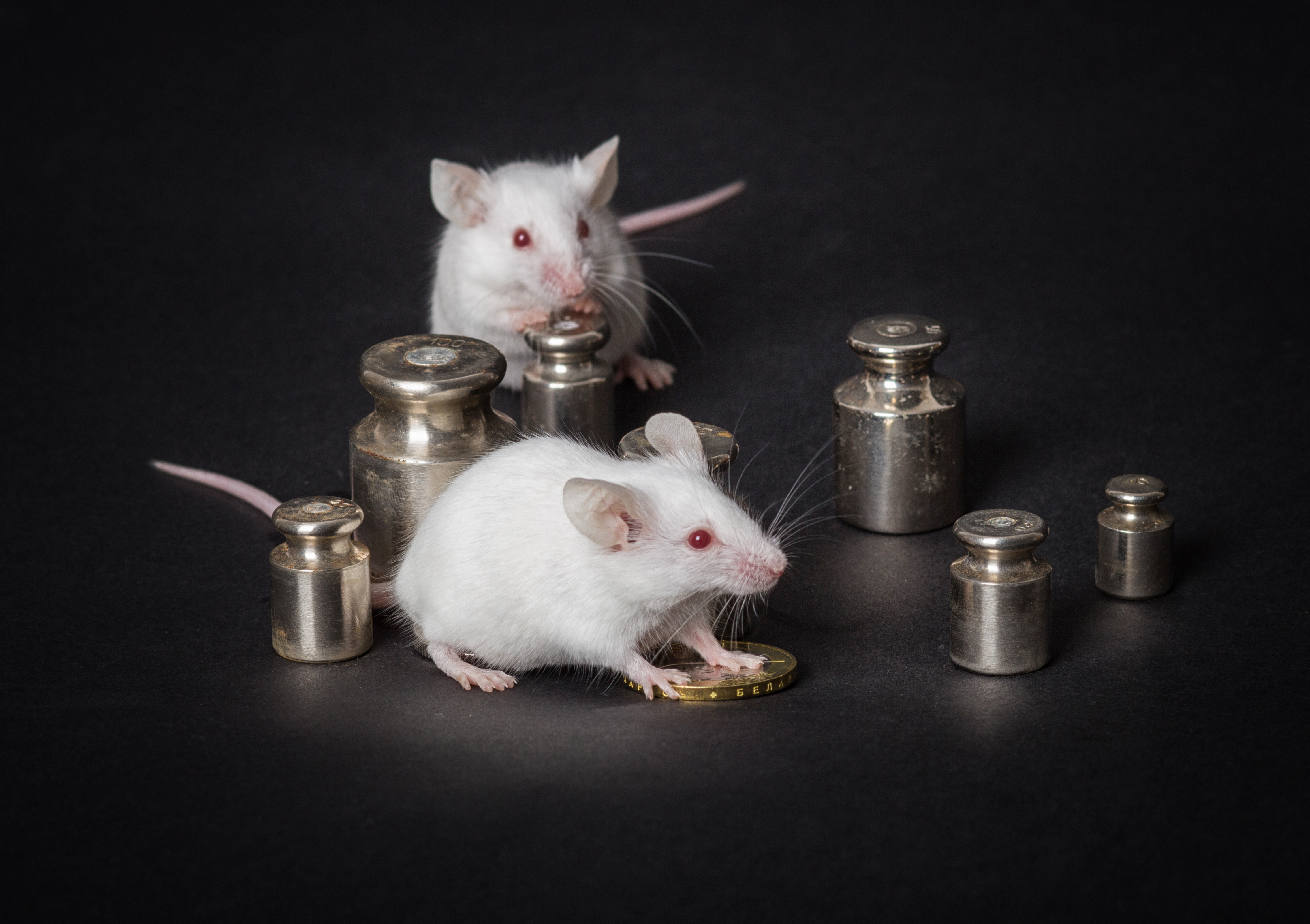
Many rodents are naturally nocturnal, a trait that can surprise new pet owners. This nighttime activity is an evolutionary adaptation that helps them avoid daytime predators. During the night, rodents are at their most active, engaging in foraging, exploring, and social interactions. For pet owners, this means that their rodent pals may be more active and playful during the evening hours. Understanding this behavior can help owners adjust their interaction times to better suit their pet’s natural rhythm. This nocturnal nature adds an element of mystery and excitement to having rodents as pets, as their nighttime antics often reveal a different side of their personalities.
8. Playfulness: The Joyful Jesters
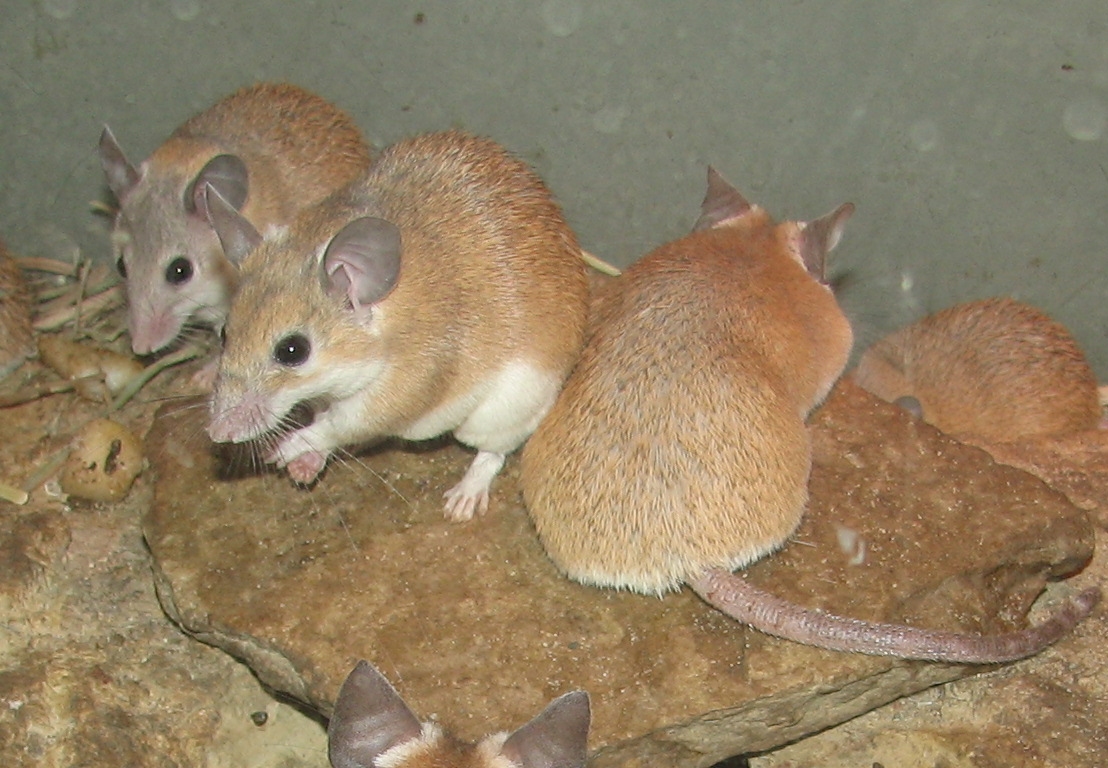
Perhaps one of the most delightful aspects of having rodents as pets is their inherent playfulness. Whether it’s running on a wheel, playing with toys, or engaging in playful chases with cage mates, rodents exhibit a zest for life that is infectious. This play behavior is crucial for their physical and mental well-being, as it provides exercise and helps prevent boredom. It also allows them to express their natural behaviors in a safe and enriching environment. For pet owners, watching their rodents play can be a source of joy and entertainment, reinforcing the special bond between humans and animals. This playfulness is a reminder of the simple pleasures in life and the joy that these small creatures bring into our homes.
Powered by Froala Editor

